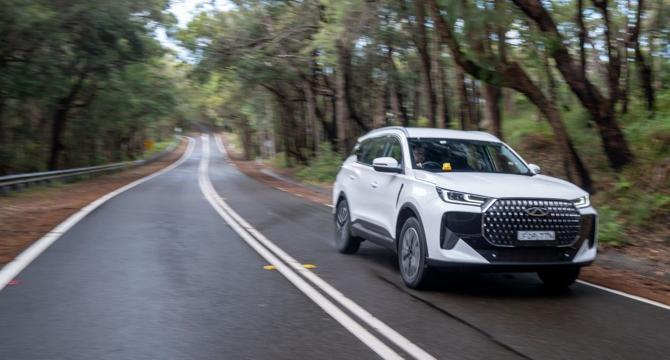CarExpert
2w
43

Image Credit: CarExpert
How Chery is making its cars better suited to Australian roads
- Chery is focusing on making its vehicles better suited to Australian roads, with special attention to the calibration of its ADAS systems like automated emergency braking and lane keeping assistance.
- Chery Australia CEO Lucas Harris leads the efforts to test and tune Chery vehicles for the unique demands and road conditions in Australia.
- The company has received constructive criticism in the past, prompting them to invest in improving their active safety systems, resulting in the Tiggo 7 PHEV featuring next-generation ADAS hardware and software.
- Chery is investing in fine-tuning ADAS calibration for Australia due to the vast variation in road conditions across the country compared to more consistent roads in China.
- Each tuning program takes around 12 months and involves feedback, debates, and refining of software changes to ensure the system operates as expected.
- Chery's approach of accumulating learnings from each tuning program has led to significant improvements across all their models, with the Tiggo 7 PHEV being highlighted as their best launch yet.
- Particular attention has been given to the lane-keeping assistance system, with unique solutions developed to intervene more naturally, especially on challenging roads with narrow lanes.
- The team's focus on improving the ADAS systems aims to enhance the driving experience and overall safety, with ongoing refinements being made based on real-world driving scenarios.
- The article explores the meticulous process of testing and refining Chery vehicles for Australian conditions, emphasizing the importance of adapting to the diverse road landscape in the country.
- Chery's commitment to addressing feedback and continuously refining their vehicles showcases their dedication to meeting Australian consumer expectations and improving overall driving safety.
Read Full Article
2 Likes
For uninterrupted reading, download the app